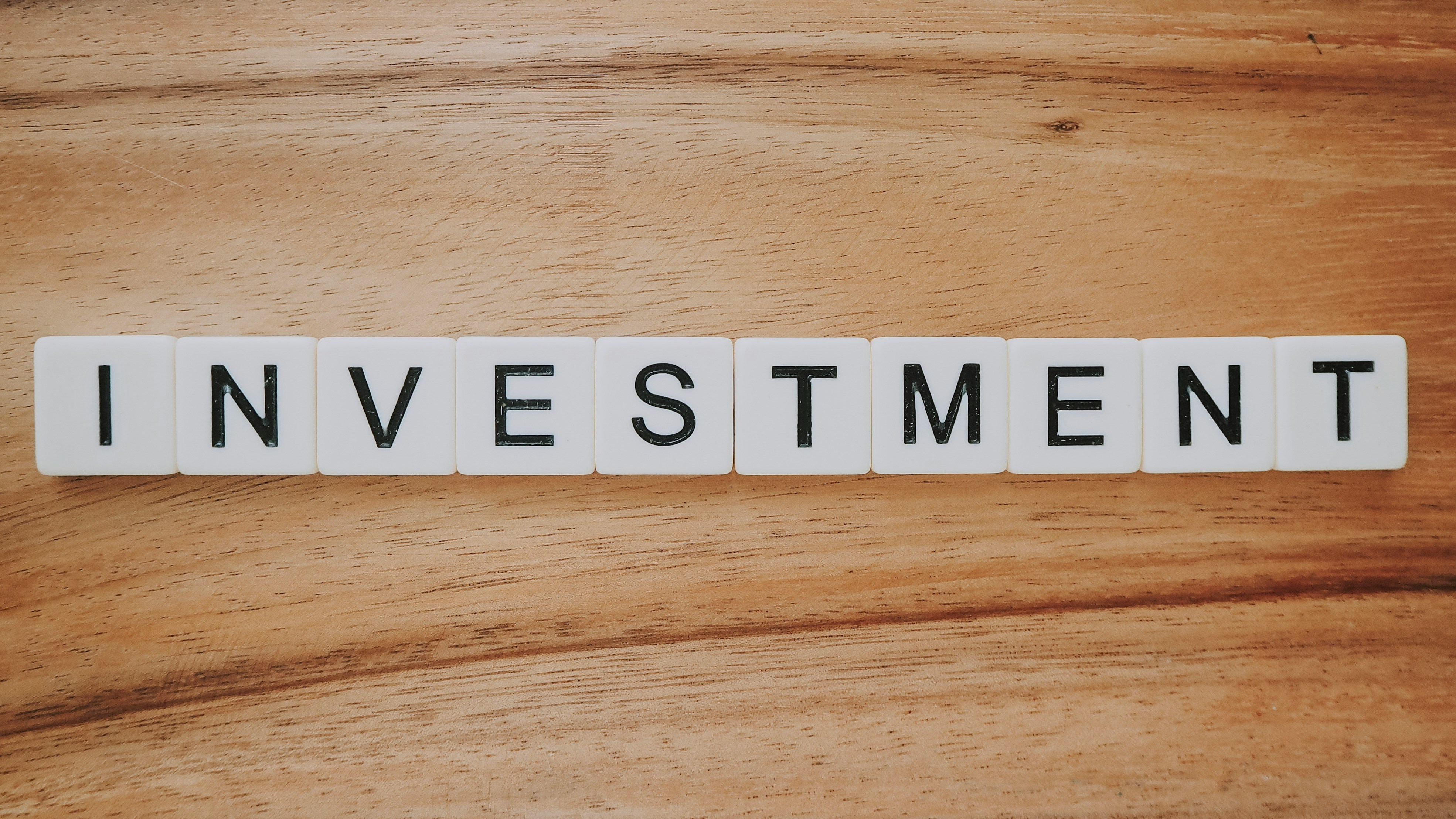As the business environment becomes fast-paced and more competitive, startups and entrepreneurs focus on the speed at which they can release their products or services. As discovered, the MVP (Minimum Viable Product) development approach is the best way to accomplish this.
The question that we often get from the customers is, “How much does it cost to build an MVP?”
Developing an MVP always has its cost drain which depends on the features and functionality of the app, the team, and the technology. Typically, MVP development can cost from $10,000 up to $100,000, or even more.
In this guide, we will explore the main factors determining MVP costs and reveal valuable insights to improve your cost-efficiency without compromising quality.
what’s in the article
- Importance of Understanding MVP Costs
- Key Factors That Affect MVP Price
- Hidden Costs in MVP Development
- Tips to Reduce MVP Budget
- Successful MVP Launches by Popular Startups
- How to Budget for an MVP in 2025
- Conclusion
Importance of Understanding MVP Costs
Understanding how much is MVP development is an essential aspect of early-stage start-ups or new projects. It enables you to control and allocate your finances well and make the right decisions. For instance, underestimating MVP cost might lead to running out of funds before completing your MVP, which means the launch will be postponed or seek additional investment under pressure.
Moreover, attempting to determine the costs of MVP helps you focus on features. For example, if your initial budget can only cover basic features – this forces you to focus on what truly delivers value to your target audience, avoiding unnecessary extras. It also helps provide your development team with targets to achieve or allows you to compare outsourcing with in-house solutions.
Key Factors That Affect MVP Price
Several aspects determine the total amount needed to fund the creation of MVP. Grasping such factors enables you to plan your budget and prioritize resources effectively. Here are the key aspects to consider:
Type of MVP App
What kind of MVP you want to develop – whether it’s a mobile app, web app, or a hybrid – depends on the costs. For instance, an application that needs to be mobile might need different development for iOS or Android, however, a web-based application may have lower start-up costs. The type of app: business or entertainment, e-commerce, web app, or social network – determines the complexity of the app.
Design Complexity
The more complex the design, the higher the development cost. The more custom animations, complicated UI design, or integrated interactions, you want, the longer and more expensive it will be. For example, a clear application style that comes with sophisticated graphics and an intuitive interface will be more expensive than a simple clickable mockup with a few polished graphics.
Selected Technology Stack
The selection of the technology mainly determines the cost of any application. Although it is cheaper to apply the popular frameworks or programming languages, innovative or specific technologies may be more expensive. For example, a decision to build an app with a tech stack that is slightly costly but scalable such as React Native for cross-platform development may save costs in the long run but may require more skilled developers upfront.
Team Members
The composition and location of your development team affect the total cost of development. Some companies can hire a specific team that will work in your offices, and this can be expensive, but outsourcing to an agency or independent contractors can be cheaper. That is why it is crucial to have a team with the necessary experience and expertise, so cheaper doesn’t have to be better.
Development Time
Complex projects need long times and will expense extra costs because they need more labor hours. Proper planning and prioritizing essential features will help in avoiding unnecessary extension of time which would have added costs to the development process.
Time to Markert Release
The desire to launch an MVP in a short time may increase costs because of the speed pressure or hiring more people. However, a long timeline could mean better cost control but it lacks market opportunities. The achievement of a good balance between speed and cost is highly important in optimizing the ROI.

Looking to Build an MVP without worries about strategy planning?
EVNE Developers is a dedicated software development team with a product mindset.
We’ll be happy to help you turn your idea into life and successfully monetize it.
Hidden Costs in MVP Development
While the upfront expenses of building a Minimum Viable Product (MVP) are often well-documented, many entrepreneurs overlook hidden costs that can significantly impact the overall budget. Here’s a closer look at some of these often-unexpected expenses:
Application Testing
Ensuring that your MVP functions properly and offers smooth user experience is crucial and should not be overlooke. During usability testing up to performance and security evaluation, this phase may uncover other unknown bugs or problems that must be fixed and contribute to expenses. For example, cross-platform testing may involve further resources and time, especially, if your application is aimed at users of various devices.
Maintenance and Updates
Sometimes building an MVP is not enough, because maintaining it has an ongoing cost as well. Maintenance includes bug fixing, feature addition, or a change in the current operating system. Furthermore, as users start providing feedback, one might have to optimize app features, which can add up the cost later on. For example, adding more users or adding new tools to your aps require more development work.
Marketing
Even the best MVP won’t be effective if you don’t market it to your audience. Marketing expenses consist of the promotional materials development, management of social media promotions, SEO, and use of paid advertisement. For example, a startup can require buying influencer promotion or Google ads to attract the initial target audience.

Proving the Concept for FinTech Startup with a Smart Algorithm for Detecting Subscriptions

Scaling from Prototype into a User-Friendly and Conversational Marketing Platform
Tips to Reduce MVP Budget
That being said, development of a high-quality MVP does not necessarily have to require large amounts of financial investment. Here are some practical tips to help you save on your MVP development price:
Prioritize Core Features
It is recommended to focus more on the features that are relevant to the primary problem of the target user. For example, if you are creating a food delivery app, features connected with placing an order, tracking the order’s status, or paying for the order are more relevant than the choice of the color of the meal.
Start with a Simple Tech Stack
Selecting a simple technology stack can go hand in hand with cost savings while ensuring almost all the basic features of the solution remain provided. For instance, the use of standard frameworks or developing applications cross-platform applications such as Flutter or React Native will cut down on the time and money. It is also easier to scale or upgrade your technology once your MVP is successful in the market.
Outsource Testing
Freelancers or testing agencies can offer very comprehensive quality assurance compared to the average cost. Crowdtesting platforms provide an opportunity to test your app at affordable prices across multiple devices and conditions. Outsourcing is advantageous in the sense that the quality of the work done is very high, and at the same time, the costs are relatively low.
Successful MVP Launches by Popular Startups
Some of the most famous startups started with the creation of MVPs, showing that you don’t need to spend much to build a product that will take over the world. Here are a few inspiring examples:
Dropbox
Instead of having the functioning product, Dropbox had a simple explainer video at first. This way, interest was generated in how the platform would function and the idea was proved before development started. By choosing this simple MVP approach, Dropbox was able to acquire the initial customers and attract investors that eventually turned it into the common household name for cloud storage.
Airbnb
Before launching it as a hospitality service, Airbnb began hosting using air mattresses in their apartment for people. The first minimum viable product they provided was an online platform where users could list and rent spaces. This cost-effective strategy proved their concept and laid the foundation for the currently advancing platform, which helps millions of people.
At first, Twitter was known as “twttr” and started as an internal communication tool for a podcasting company. The MVP let people write short status updates, and this feature quickly became popular among the team members. Based on the same reaction, the platform was expanded and now it is one of the leaders in the sphere of social networks.
Instagram MVP was developed to feature simple photo sharing and basic filters. When it was first released, the app barely had many features; however, it entered popularity very fast due to its basic use. It was this very particular strategy that let founders iterate the service based on people’s responses, which resulted in Instagram’s rapid expansion.
How to Budget for an MVP in 2025
MVP calculation in 2025 involves a strategic approach. Here’s a short step-by-step checklist:
Define the Scope of Your MVP
- Core Features: Identify the most critical features needed to solve your target users’ problem.
- Target Audience: Focus on a specific user segment to limit scope and refine usability.
- Clear Objectives: Align features with measurable goals, such as user acquisition or feedback collection.
Assess Costs by Category
- Development Team:
Options: Freelancers, in-house teams, or outsourcing agencies.
Roles Needed: Developers, designers, and potentially a project manager.
Costs: Rates vary by region:
North America/Western Europe: $50–$150/hour.
Eastern Europe/Asia: $20–$50/hour.
Consider using low-code/no-code platforms to reduce costs.
- Technology Stack:
Hosting, domain registration, and third-party services (e.g., APIs, integrations).
Cloud platforms like AWS, Google Cloud, or Azure typically offer free tiers for MVPs.
- Design and User Experience:
UI/UX design software like Figma or Sketch.
Focus on intuitive designs with minimal complexity.
- Testing and Quality Assurance:
Budget for both manual and automated testing.
Consider beta testing tools like TestFlight or TestFairy for feedback.
- Marketing and Launch:
Basic branding (logo, website, and pitch deck).
Small campaigns using social media, email, or paid ads for visibility.
- Legal and Compliance:
Incorporate intellectual property protections, GDPR compliance, or other regulatory needs.
Use templates or affordable legal services like Rocket Lawyer.
Set a Budget Estimate
Typical MVP development cost ranges from $10,000 to $50,000, depending on complexity, team composition, and location.
Break costs into phases:
- Planning: Research, wireframes (~10-15% of the budget).
- Development: Coding, testing (~50-60% of the budget).
- Launch: Marketing, feedback iteration (~25-30% of the budget).
Explore Cost-Saving Strategies
- Use open-source technologies (e.g., React, Python frameworks).
- Leverage free or affordable project management tools (e.g., Trello, Notion).
- Outsource selectively for cost-intensive tasks (e.g., UI/UX design).
Monitor and Adjust
- Use tools like Asana or Jira for progress tracking.
- Allocate a contingency fund (10–15% of the total budget) for unexpected expenses.
- Collect and prioritize user feedback to guide future iterations efficiently.
Secure Funding
- Options include bootstrapping, angel investors, venture capital, or crowdfunding.
- Prepare a compelling pitch with your budget breakdown and growth projections.
Choosing the Right Development Partner
Choosing the right development partner is one of the most crucial decisions you make when budgeting for an MVP. Choosing your partner will affect the quality, time, and how much does MVP cost for you. When making this decision:
- Evaluate Expertise: MVP builders are what you should seek out, this means finding developers or agencies that have worked on similar projects before. For example, if you are developing a fitness application, make sure that your partner has a specialization in health applications.
- Compare Costs: Other cost factors include place and previous knowledge. For instance, hiring developers from zones such as Eastern Europe, South Asia or Latin America can be even cheaper, and the outsourcing partners are usually professionals.
- Check Portfolios and Reviews: Consult previous cases and see the rating of the partner to know he is able to deliver quality work within the agreed time.
- Consider Communication: The use of a good development partner entails working with a partner who is always abreast of the proceedings and keen on observing the budget.
Through proper partnering, an individual or a company can develop a high-quality MVP with the right partner that meets such goals and financial constraints.

Need Checking What Your Startup Current Valuation?
EVNE Developers is a dedicated software development team with a product mindset.
We’ll be happy to help you turn your idea into life and successfully monetize it.
Conclusion
Coming up with an MVP is one of the most important steps in bringing your avant-garde app concept to the market. Nonetheless, without budgeting, the process can be difficult to manage because of the following challenges. This is why it is important to understand what it costs to build an MVP.
The MVP cost can therefore vary depending on some key aspects such as the project specifications. For a more detailed evaluation of your needs, one has to consult professionals who will provide the estimate.
At EVNE Developers, we are experts in creating high-quality Minimum Viable Products that can easily be scaled up for the growth of startups. During our detailed discovery phase we will assist you in setting not only the correct MVP price tag but also the proper timeline for your project.
Are you finally ready to realize your idea? Contact us today to discuss your vision with our team of experts.
The average cost to build an MVP in 2025 typically ranges between $10,000 and $100,000, depending on factors such as complexity, features, and the development team.
Yes, outsourcing MVP development is a common practice. It can be cost-effective and allow you to access specialized expertise from different regions.
Building an MVP usually takes between 2 to 6 months, depending on the complexity of the project and the resources available.

About author
Roman Bondarenko is the CEO of EVNE Developers. He is an expert in software development and technological entrepreneurship and has 10+years of experience in digital transformation consulting in Healthcare, FinTech, Supply Chain and Logistics.
Author | CEO EVNE Developers


















